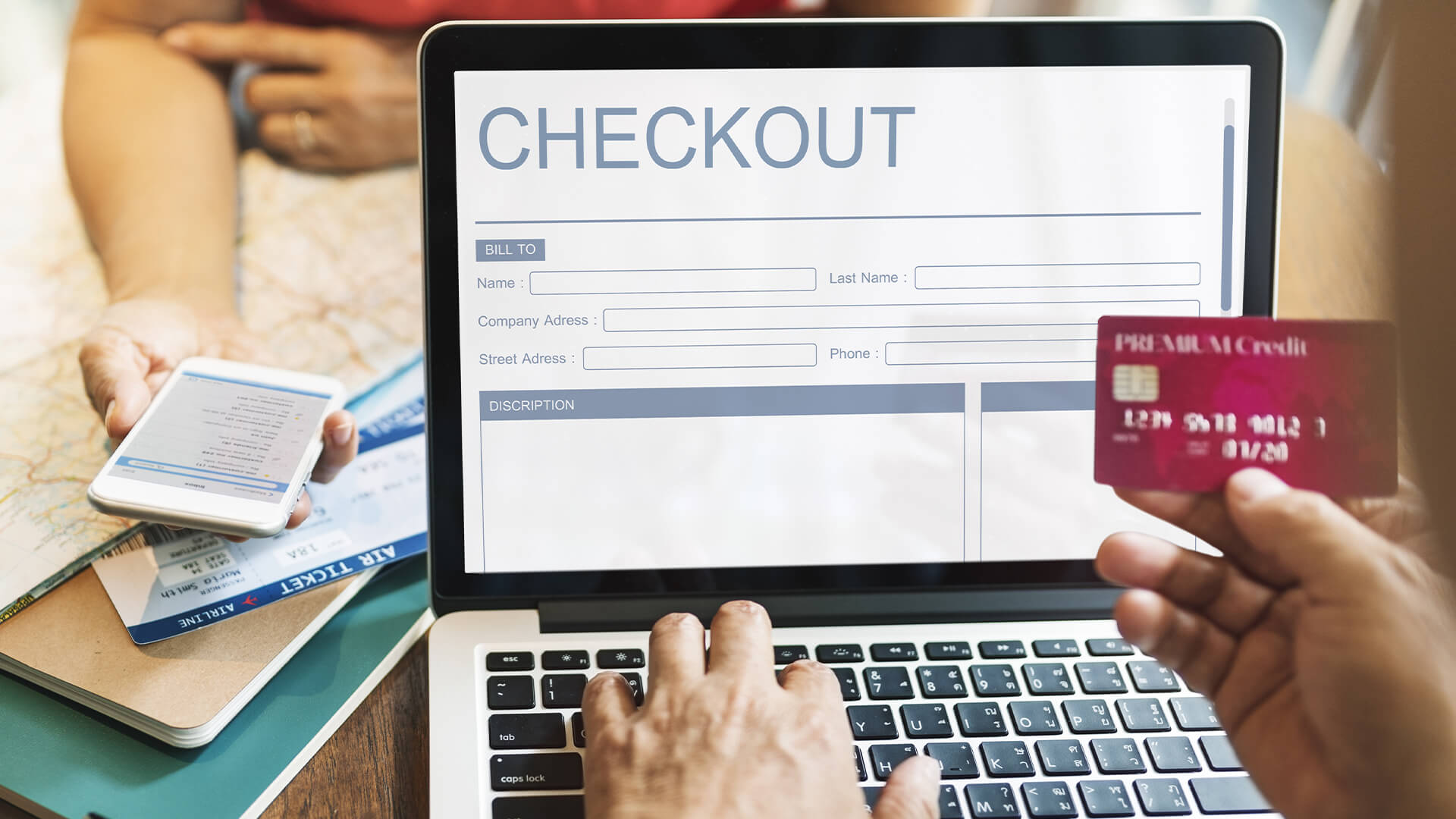
If you properly take control of your cash flow, there’s a greater chance you’ll take your business to new heights, regardless of your industry. However, effectively managing your cash flow isn’t always simple, and it’s even more difficult when you’re faced with customers who pay late.
Research shows delayed payments are the number one cause of problems related to cash flow. Even if you’re already incorporating the best tactics or hiring professional accountants, the endeavor to attain good cash flow won’t be successful if you’re not getting paid on time.
Fortunately, there are ways to get your customers to pay on time without straining your relationship with them. As society gears toward cashless transactions, here’s how you can make payment collection easier for your business.
1. Use invoicing software
Your customers may not be paying you on time because you’re not sending them clear invoices. This could happen when you’re still adopting the traditional way, which is manually creating invoices and then sending them one by one.
Technology is smart and has the capacity to make things simple. Modern invoicing software allows you to streamline the invoicing process to make even the smallest company seem more professional and digitally savvy. This doesn’t need to come at a cost either. This free estimate template from Jobber allows you to craft fully customizable estimates that you can track and convert into an invoice once your job or service has been provided.
Other benefits of using invoicing software programs include:
- You can preview your invoices, ensuring they are readable, concise, and professional looking.
- They allow your business to automate the manual and sometimes time-consuming task of creating and sending invoices to customers. None are forgotten and they are sent on time with minimal effort.
2. Have multiple payment methods
Data indicates that 56% of customers expect to see different payment options at checkout when buying products online. To meet these expectations and limit the barriers to payment, ensure you register with different online payment providers to make the process as easy as possible for them.
While this may seem laborious and unnecessary at times to you, you want your customers to find it convenient to pay you. Multiple payment options may also mean you have the capacity to offer financing to your customers. By giving potential and existing customers several payment options, they might be more motivated to choose you over your competitors and as a result, be encouraged to do business with you again.
3. Have a follow-up procedure
There are a number of avenues you can use to follow-up with your customers after a sale. Make sure you have a robust process in place for this purpose.
You may wish to consider something similar to the below depending on what fits your business best:
- Start with a phone call. Remember to use a friendly and polite tone when reminding them about their late fees. Delays sometimes happen because they’ve simply forgotten.
- If a phone call is unsuccessful, you can send a reminder through text, email, or post.
- If several attempts still fail to garner payment, you may be left with no choice but to write off the bill as bad debt. You can also turn the customer’s account over to a collection agency.
4. Design a neat checkout process
When it comes to branding, consistency is key. This means you should have the same font, color, and design throughout your website and on all business collateral — from your home page to your checkout page, invoices if sent separately, as well as any social media or communications shared externally. You can raise brand recognition by doing this, which is important to get your customers to remember your business, recommend you to others and purchase from you again.
Besides raising brand awareness, having a consistent and neat design will also make your invoices or receipts seem more legitimate. This way, customers won’t have any doubts about paying you on time.
Takeaway
Regardless of your industry, it’s common for businesses to experience customers who pay late. Delayed payments may make it difficult for you to audit your earnings, which can damage your business. Fortunately, by adopting the tactics explored above, you can significantly reduce or eliminate your chances of receiving late payments. This, in turn, improves your cash flow as you’ll no longer have difficulty collecting payments from consumers.




















